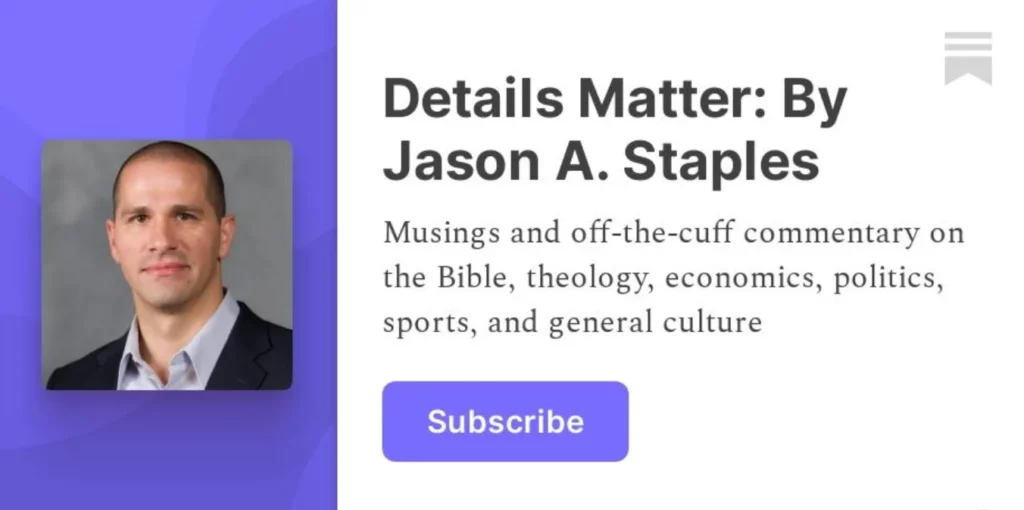Yet another article (this time in the New York Times) has been penned about how Twitter’s growth has surprisingly been driven by adults, not early-adoption high-tech teenagers and college students. Nielsen ratings have shown that 64% of Twitter growth has been in the 25–54 age demographic, while only 16% has happened in the under 25 demographic. The analysts dealing with this data have all expressed some measure of surprise at this, though it really should not be surprising in the least. There are a number of reasons that teens, for example, think Twitter is “uncool” or (in the words of my girlfriend’s 16-year-old sister) “stupid.”
- I think the biggest reason teens see little point to Twitter is that their social circles are relatively small. Until their friends start moving all over the country, something like Twitter is of limited value. This is still largely true in college; even students who go away from college really only tend to keep contact with a few high school friends, while their college friends are centralized around their college city or town. This starts to change around junior year, when the older friends start graduating and moving away, and it is drastically different after graduation, when the generally tight college social circles fracture, with everyone moving to different places in search of jobs or graduate/professional school. At that point, keeping in touch becomes a different animal than it was through high school or the beginning of college.
- In that environment, the steady conversation stream that Twitter offers becomes more helpful; in addition, because Twitter is much less formal than Facebook—note the hatred for the constant updaters (and other “status criminals”) on Facebook, who clutter everyone else’s feed. This isn’t so much of a threat on Twitter, where that steady stream of information is what the service is all about. And if someone tires of a poster, it’s easy (and fairly non-offensive) to simply click “remove,” since the formality of “friendship” (like in Facebook) isn’t present.
- For many, Twitter tends to involve a lot of information-swapping. Most of the posts on my feed and those I follow tend to be links to interesting information or news on the web—it’s an effective way to keep up to date. No one has the time to keep up with everything, but when one person in my Twitter circle finds something interesting or important, it gets around quickly. This kind of communication is very rare among younger people, who tend to live in their own social bubbles, much less concerned about economics, political analysis, technology discussions, and other “adult” interaction, which comprises a large percentage of the non-“babble” data (many Twitter users pretty much only babble—I’m looking at you Oprah, Ashton, and the rest of you celebrities—and those are the users I don’t follow).
- Twitter also serves as free publicity for those trying to work in an area where that sort of thing can help—if you’re a writer, a musician, an athletic trainer, or anything that can benefit from having a public face, the open nature of Twitter allows a larger exposure for information. It’s sort of the same reason someone would have a blog instead of simply posting the same information in a Facebook note—a blog is more accessible to more people, not just the folks in one’s social networks. Micro-blogging on something like Twitter has a similar utility, and a significant number of posts (5.9% of Twitter posts as a whole, according to one study) are these sorts of self-promotion.
- One part of the data that hasn’t been examined much is the number of “dead” Twitter accounts. The majority of Twitter accounts have no followers, no one they’re following, and under two tweets. Nielsen data has shown that Twitter’s retention rate is 40%, meaning 60% of Twitter users quit using the service within the first month. It’s possible that a larger number of the adults who sign up for the service quit than the young people who join, so the growth rate in that demographic is a bit over-weighted.
- Since teens’ social circles tend to be smaller and they already have Facebook, there’s little need for a less formal, “looser” network like Twitter. They simply post everything on Facebook, and since they’re seeing one another on a daily basis, there’s less interest in keeping statuses up to date or passing on the latest interesting article.
All in all, there should be no surprise at all that Twitter is a largely “adult” phenomenon, since the services it offers really don’t make sense until a person has a wider-spread social network, a vested interest in having a public face, and an interest in events and information outside his/her small social circle.

